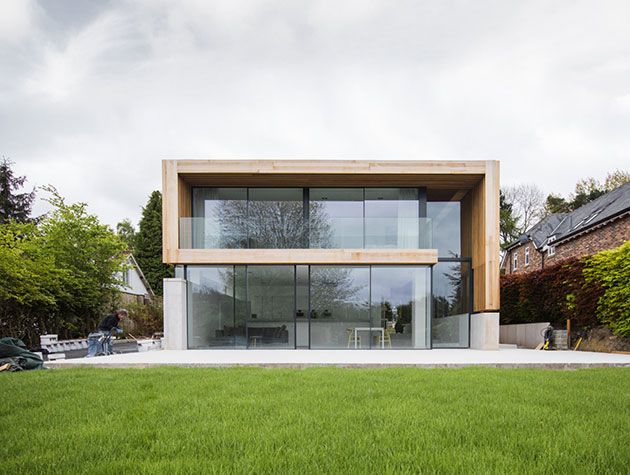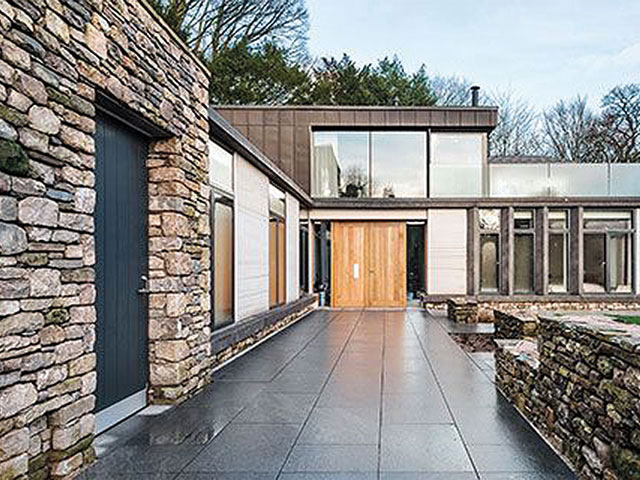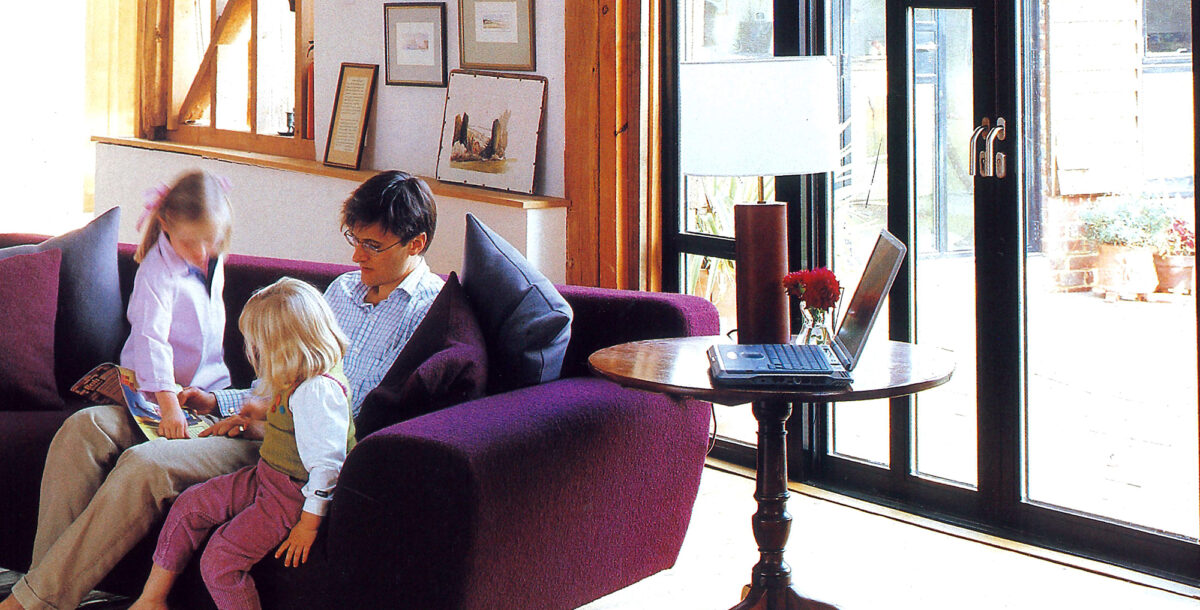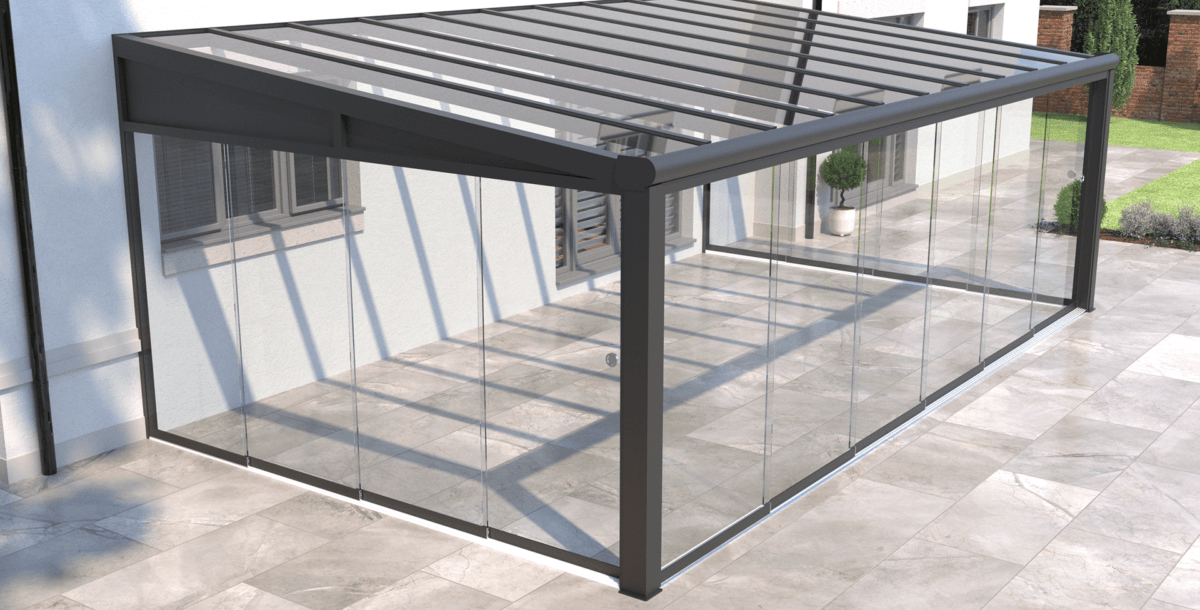Kevin McCloud urges us not to judge buildings at face value
Our editor-at-large urges us not to judge buildings at face value – taking the time to experience a building first-hand is the order of the day.
Last month I wrote about House of the Year, a Channel 4 show accidentally inspired by the Horse of the Year Show. It’s good, wholesome architecture on telly – without the show jumping, of course – but I have this niggling doubt about putting architecture on TV at all, and it’s to do with the way we have all become instant critics.
You can now Instagram your way through a city, or suck up all your favourite buildings, landscapes, or pictures of caravans from around the world, and put them on to one Pinterest board.
I have a file of photos on my laptop pompously called Doorways of the Luberon, as if I’m going to publish my own Athena-style composite poster. I have another called Manholes of Europe, dedicated to street furniture, naturally (I don’t think there was ever a poster in that one).

Photo: Brian Omerod
Magazines provide the analogue version of this experience; telly gives you a moving version. Gaming offers a realistic and usually unpredictable environment. All of them give an impression of the instant, something we can collect and edit and reorder into our own version of the world and then wittily tag with a punchy caption or a Twitter link.
It makes us all journalists and editors. It turns us all into sham connoisseurs because we don’t even have to visit places any more, which is good for our collective carbon footprint, but bad for our integrity and world view.
It also makes it much harder for me to write scripts, because I’m in competition with 15,000 other design junkies who have something witty or scathing to say about a building or a chair. To get round this I will usually disseminate and promote their writing by nicking it. That’s fair in my view, given how difficult they’ve made my life.
Although I do have one advantage here. Being old-world and analogue, I do get off my arse and visit places. The Doorways of the Luberon poster would have been all my own work, made entirely from photos I’ve taken.
I even have an old-world view that chairs are meant to be sat in and be comfortable. Buildings are meant to be looked at inside as well as out; their functionality, layout, atmosphere, context and history, and connection to a place are more important than what they look like.
Good architecture is not a look and, when it is successful, it does not conform to a brand. It is highly responsive to time, people and place and sometimes, when it is brilliantly successful, it transports us out of time and place. If you don’t believe me, visit an old church. Standing inside a thirteenth century building, it’s hard not to feel displaced, thanks to the multi-sensorial assault.
With your eyes open you can drink in the beauty of light through stained glass or exquisitely carved stone. But with your eyes shut, you still know you’re there. Your hands will tell you the age of the oak pews, polished smooth by centuries of use; the combined smells of the place – flowers, mould, incense, wax, stone – will tell you exactly where you are. You can’t communicate the complexity of that experience on a Pinterest page or while playing Lethal Organ II.

Photo: Rainer Mader
Model behaviour
A friend of mine, Dieter Cöllen, makes models of important ancient buildings. Not for gaming companies or films. He doesn’t use pixels and code; he uses eighteenth-century materials, such as cork and plaster, and works for museums around the world. He understands how flat it is to work from photos and drawings so he always visits the buildings he models.
Many of them are ruins – for example, the Theatre of Marcellus in Rome – but he will always spend time there, observing and drawing. He’ll sleep there to witness the sunrise and see the play of light on a surface. He’ll listen to the sounds of the building. He’ll touch the stones and smell them. He’ll even lick them to see what they taste like.
Architecture is not two-dimensional and static. To show a few snapshots of a building conveys only the husk of what it is. What I like about Grand Designs magazine is the way we communicate the houses as lived in and loved by people. It upsets me that we have become so judgmental about our world on the basis of quick visual assessments, whether it’s online or in a casual, damning remark about a building seen from a train or car.
Architecture is four-dimensional because the experience of it happens over time as we move around and through a building; inside a structure its effects can be powerful because the encounter involves all the senses. Therein lies all of its magic, as Dieter knows.
You’ll have spotted the cul-de-sac I seem to have driven myself into here. Television is two-dimensional; it deals in communicating the ‘look’ of things very well, and loves packaging and selling information. I appear to have been stumped by my own arguments.
But here is my retaliation. Beautiful and visual as House of the Year is, we spend a great deal of filming time trying to communicate the experience of being inside a building (our cameras move in lots of technical ways).
We explore it and try to understand it from the points of view of time, place and the neighbours. We meet the homeowners. Our sound engineers labour over differentiating the acoustic quality of each home, and record its particular atmosphere. We try to make up for the flatness of the screen by conveying a four-dimensional event, and I try to use language as a way of igniting the imagination.
If the houses we film are oranges and you judge them only by their skins, then we have failed. If, on the other hand, you can almost taste the fruit and feel inspired to get out and visit a great building, then we have done our jobs. We have licked the walls.









